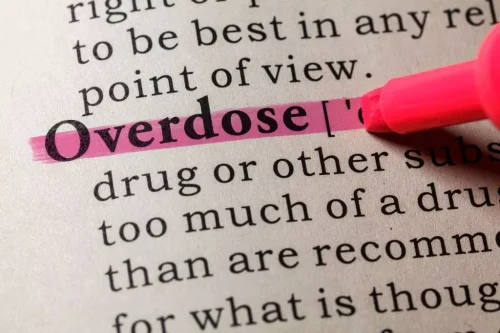
A lot of times, our habits and behaviors are shaped by the kind of environment we live in. This is why many patients who have undergone substance detoxification programs choose to stay in a sober living home. Living in sobriety houses is a great way to gain independence from addiction and protect yourself from falling back into the same old pattern of substance abuse. One common misconception is that sober living homes are only for those who have recently completed a rehab program. However, sober living homes can be beneficial for anyone who is committed to maintaining sobriety and needs a structured and supportive environment to do so. By understanding these basics of sober living homes, individuals can make an informed decision about whether this type of living arrangement is right for them.
Level Three

You can enjoy healthy meals in the evening, followed by group therapy sessions. Nighttime is often reserved for free time when you can call loved ones, read books, or watch television. If you are interested in exploring sober living in California, see if you can find what you’re looking for with the most frequently asked questions we receive here at Gratitude Lodge in Southern California.
Get Help For Addiction
The Substance Abuse and Mental Health Services Administration (SAMSHA) fully endorses level three sober homes. Halfway houses, like other recovery and sober-living houses, are intended to gently reintroduce tenants back into society, free from the pressures and triggers of a potentially dangerous home environment. Certain age brackets can experience specific challenges when recovering from addiction. The main difference between Level 2 homes and Level 1 homes is with the way that they are governed. Most often, a supervisor is elected, and he or she is responsible for ensuring that residents comply with the rules and works to resolve any community complaints. The cost of a Level 1 home is simply the cost of rent, utilities, and other shared expenses divided by the number of residents.
POSITIVE ENVIRONMENT

Supervised SLHs have well-organized administrative staff, such as facilities managers and other staff certified to work in such centers. These facilities offer off-site clinical services, teach patients life development skills, and provide all the other services mentioned in the level one and two SLHs. Another myth is that sober living homes are just for individuals who have struggled with alcohol or drug addiction. In reality, sober living homes can be beneficial for individuals struggling with any kind of addiction, including eating disorders, gambling, and sex addiction, among others. Sober living homes serve as an additional support system for individuals to rely on as they transition back into society.

Holistic Therapy
It will also evaluate the effectiveness of the sober living facility that housed the 45 surveyed women. SLHs have four major categories depending on how they are run and the services they offer. Here, it is important to note that these facilities might also be specifically designed for women, the LGBTQ community, young people, and men. Substance use treatment providers may offer oversight in some instances, although this is not always the case. By following these tips and strategies, you can stay sober in a sober living home and continue on your path to lifelong recovery.
- Most sober living homes require residents to pay their own rent and do chores.
- In addition to reducing the risk of relapse, recovery residences have other benefits.
- One of the most challenging times for someone recovering from drug or alcohol addiction is when they leave a residential treatment center and head back to their daily life.
- Living in a sober living home in Los Angeles can be an enriching experience that greatly benefits your recovery journey.
Sober living refers to a supportive living environment for individuals recovering from addiction. It bridges the gap between inpatient rehab facilities and a return to normal life. You’ll find these homes crucial if you’re in recovery, offering more than just a place to stay; they provide structure, support, and a community of peers who are also on their journey to sobriety.
- Sometimes people use the term halfway house and sober living home interchangeably.
- Sober living is just like it sounds, a place to stay where you’ll have a supportive community and can start your new life free from alcohol or other drugs.
- Also like other sober-living environments, halfway houses generally have systems in place to keep residents sober, and drugs tests are usually administered to monitor for any substance use.
- Sunnyside provides a simple but structured approach to help you drink more mindfully.
Oxford House facilities are the best examples of Level I sober living homes. The houses are run by residents and emphasize peer support as an essential component of recovery. what is a sober living house Numerous studies have shown that most people who live in sober homes after attending treatment have low rates of relapse and are able to live productive lives.
Typical Day at a Sober Living Home
It can build self-esteem, teach residents about finances, and become responsible members of the community. This built-in support system allows residents to avoid the isolation of returning home while recovering. It further provides an environment to support recovery from substance abuse for those who are emerging from rehab.

